
History of the Britons
¥8.09
According to Wikipedia: "Nennius was a Welsh monk of the 9th century. He has traditionally been attributed with the authorship of the Historia Brittonum, based on the prologue affixed to that work, This attribution is widely considered a secondary (10th century) tradition. Nennius was a student of Elvodugus, commonly identified with the bishop Elfodd who convinced British ecclesiastics to accept the Continental dating for Easter, and who died in 809 according to the Annales Cambriae. Nennius is believed to have lived in the area made up by present day Brecknockshire and Radnorshire counties in Powys, Wales. He lived outside the Anglo-Saxon kingdoms, isolated by mountains in a rural society."

The Imitation of Christ
¥8.09
According to Wikipedia: "The Imitation of Christ (Latin: De Imitatione Christi) by Thomas à Kempis is a Christian devotional book. It was first composed in Latin ca.1418-1427.[1][2] It is a handbook for spiritual life arising from the Devotio Moderna movement, where Kempis was a member.[3] The Imitation is perhaps the most widely read devotional work next to the Bible,[2][4] and is regarded as a devotional and religious classic
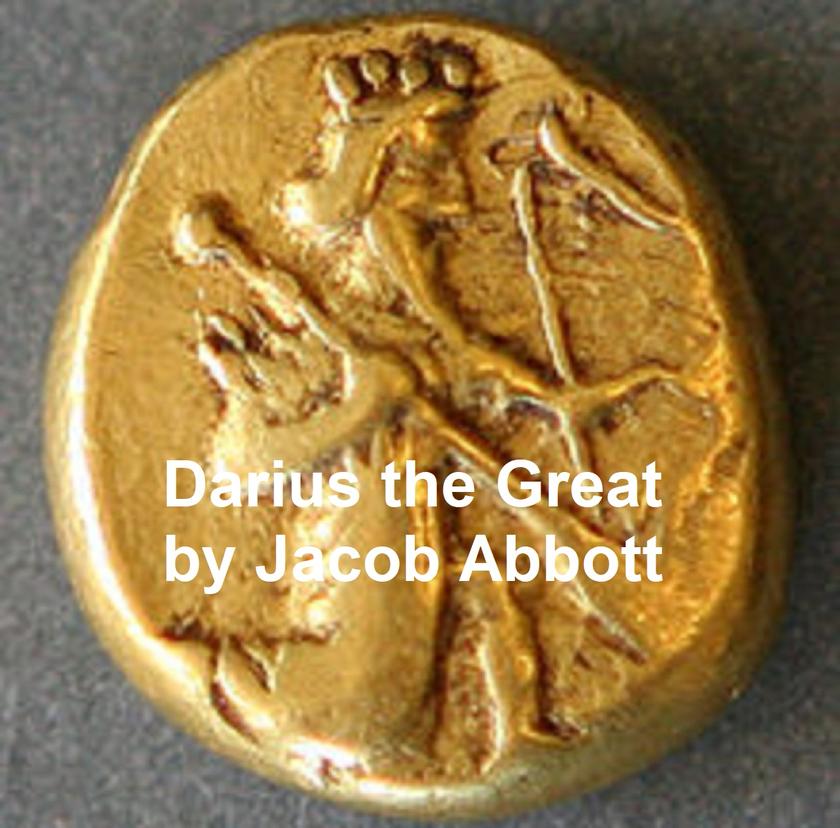
Darius the Great
¥8.09
According to Wikipedia: "Jacob Abbott (November 14, 1803 – October 31, 1879) was an American writer of children's books. Abbott was born at Hallowell, Maine to Jacob and Betsey Abbott. He graduated from Bowdoin College in 1820; studied at Andover Theological Seminary in 1821, 1822, and 1824; was tutor in 1824-1825, and from 1825 to 1829 was professor of mathematics and natural philosophy at Amherst College; was licensed to preach by the Hampshire Association in 1826; founded the Mount Vernon School for Young Ladies in Boston in 1829, and was principal of it in 1829-1833; was pastor of Eliot Congregational Church (which he founded), at Roxbury, Massachusetts in 1834-1835; and was, with his brothers, a founder, and in 1843-1851 a principal of Abbott's Institute, and in 1845-1848 of the Mount Vernon School for Boys, in New York City. He was a prolific author, writing juvenile fiction, brief histories, biographies, religious books for the general reader, and a few works in popular science. He died in Farmington, Maine, where he had spent part of his time after 1839, and where his brother, Samuel Phillips Abbott, founded the Abbott School."
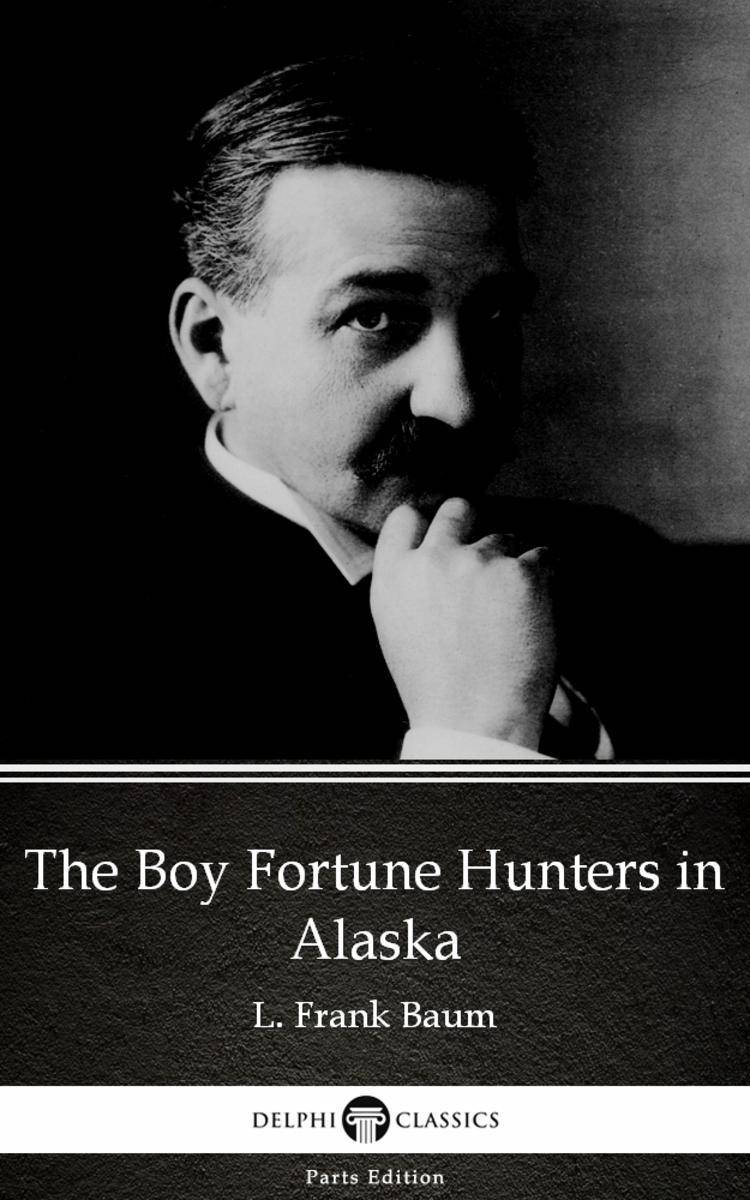
The Boy Fortune Hunters in Alaska by L. Frank Baum - Delphi Classics (Illustrate
¥8.09
This eBook features the unabridged text of ‘The Boy Fortune Hunters in Alaska by L. Frank Baum - Delphi Classics (Illustrated)’ from the bestselling edition of ‘The Complete Works of L. Frank Baum’. Having established their name as the leading publisher of classic literature and art, Delphi Classics produce publications that are individually crafted with superior formatting, while introducing many rare texts for the first time in digital print. The Delphi Classics edition of Baum includes original annotations and illustrations relating to the life and works of the author, as well as individual tables of contents, allowing you to navigate eBooks quickly and easily. eBook features: * The complete unabridged text of ‘The Boy Fortune Hunters in Alaska by L. Frank Baum - Delphi Classics (Illustrated)’ * Beautifully illustrated with images related to Baum’s works * Individual contents table, allowing easy navigation around the eBook * Excellent formatting of the text Please visit www.delphiclassics.com to learn more about our wide range of titles
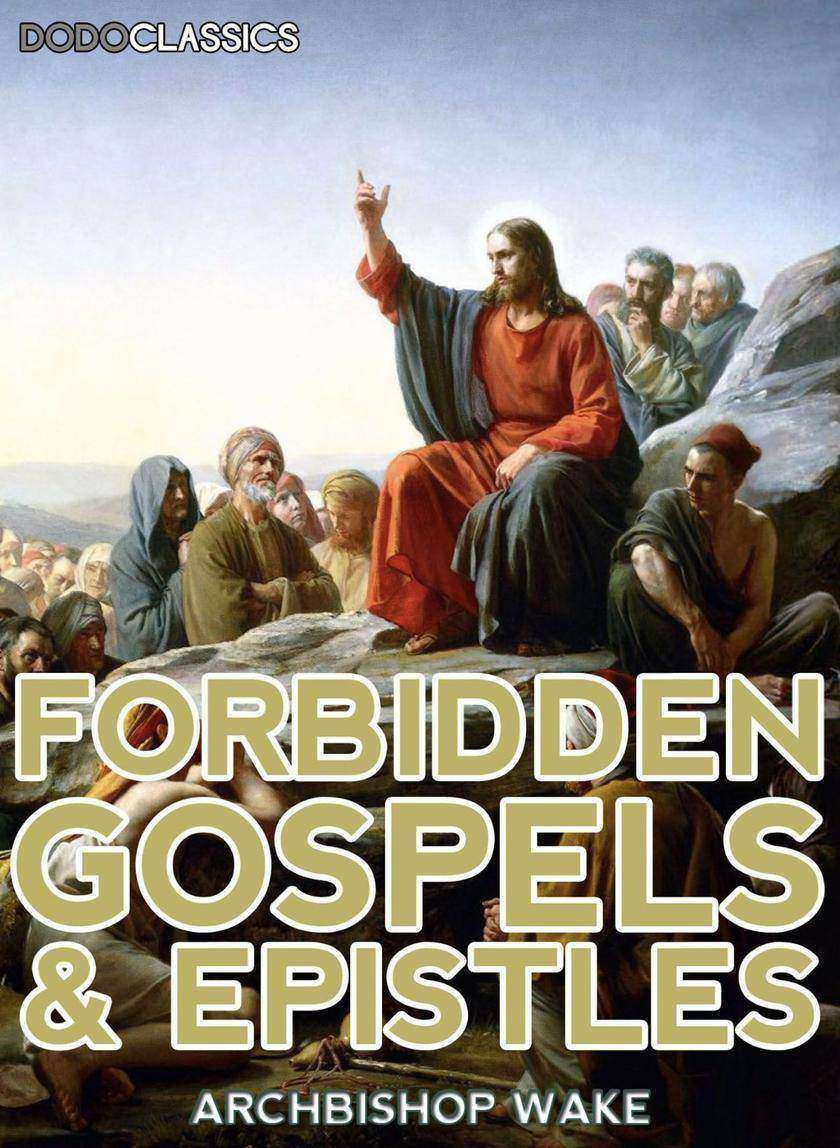
Forbidden Gospels And Epistles
¥8.09
The complete suppressed Gospels and Epistles of the original New Testament of Jesus the Christ.
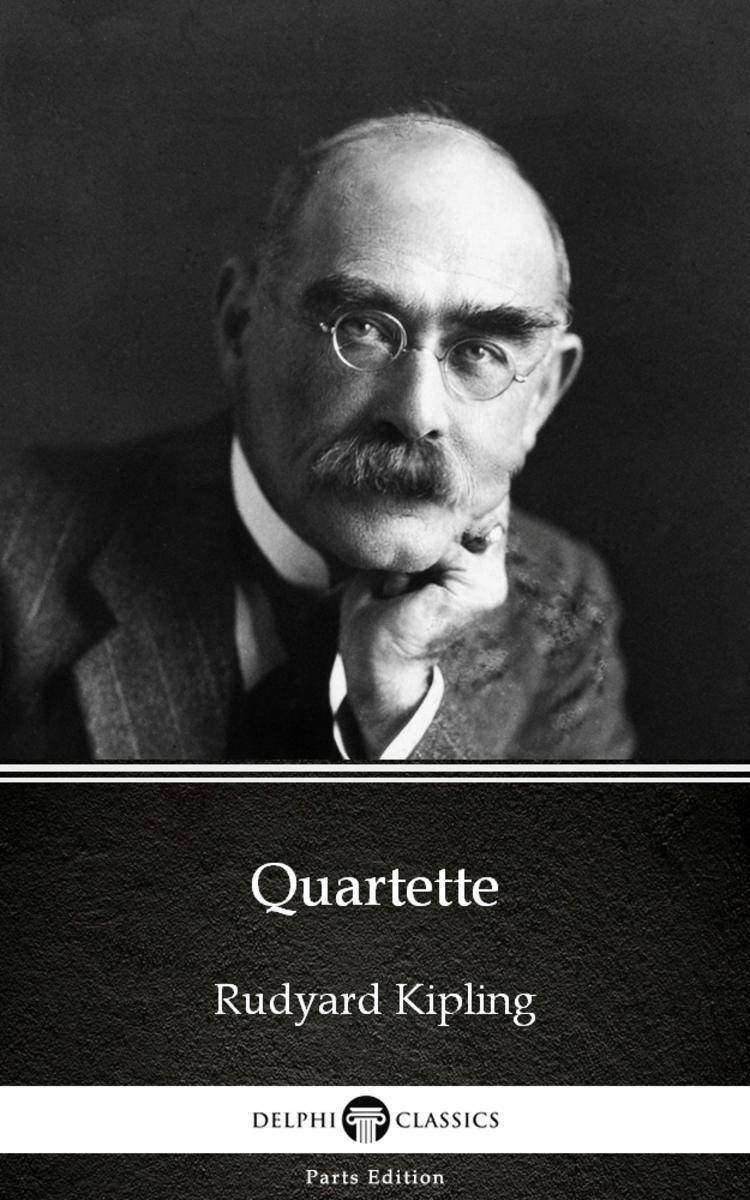
Quartette by Rudyard Kipling - Delphi Classics (Illustrated)
¥8.09
This eBook features the unabridged text of ‘Quartette by Rudyard Kipling - Delphi Classics (Illustrated)’ from the bestselling edition of ‘The Complete Works of Rudyard Kipling’. Having established their name as the leading publisher of classic literature and art, Delphi Classics produce publications that are individually crafted with superior formatting, while introducing many rare texts for the first time in digital print. The Delphi Classics edition of Kipling includes original annotations and illustrations relating to the life and works of the author, as well as individual tables of contents, allowing you to navigate eBooks quickly and easily. eBook features: * The complete unabridged text of ‘Quartette by Rudyard Kipling - Delphi Classics (Illustrated)’ * Beautifully illustrated with images related to Kipling’s works * Individual contents table, allowing easy navigation around the eBook * Excellent formatting of the text Please visit www.delphiclassics.com to learn more about our wide range of titles
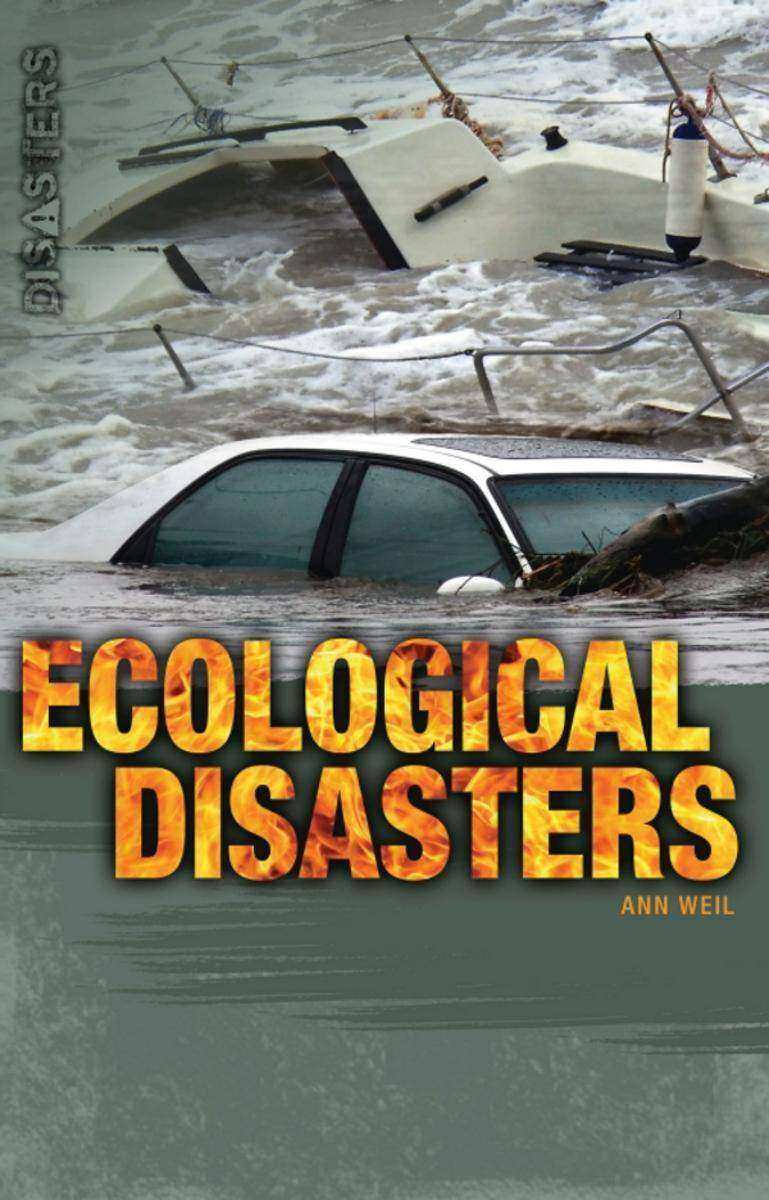
Ecological Disasters
¥97.69
This series of nonfiction readers will grab a student's interest from the very first page! Designed with struggling readers in mind, these riveting 92-page books offer short chapters on significant disasters. Each chapter is its own mini-book, which includes a timeline, key terms, and interesting facts. Fascinating black and white photographs keep the pages turning. A bibliography encourages further topical reading. Disasters are inherently frightening, riveting, and involving. Grabbed straight from the headlines, these disasters leave tragedy, destruction, and years of anguish: London Fog, The Love Canal, The Hanford Nuclear Power Plant, The Exxon Valdez, Chernobyl, Bhopal, Fukishima Daiichi and more.
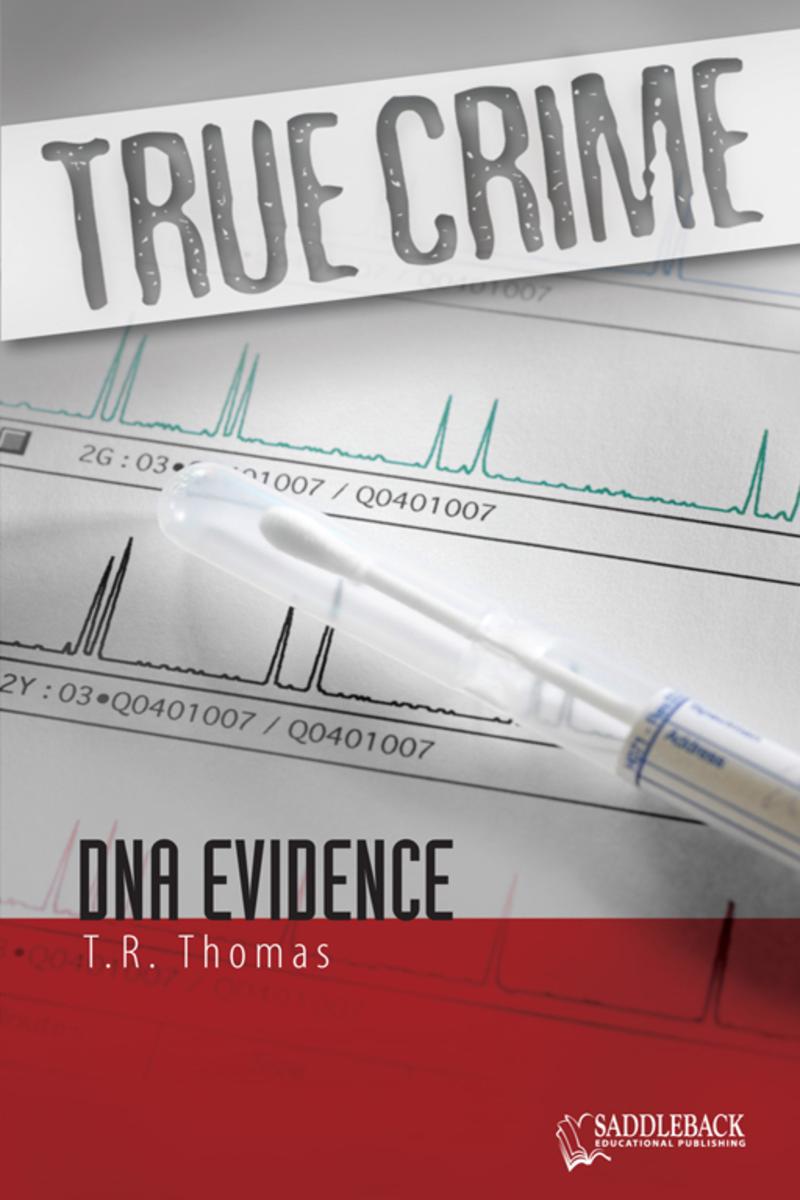
DNA Evidence
¥97.69
Bursting with facts, these books will truly enthrall struggling readers. Nonfiction titles cover high-interest topics both creepy and utterly terrifying. Each title is thoroughly researched and includes an introduction, five chapters, an epilogue, glossary, and index. On-the-scene photography captures students' imagination and spurs further reading. These are books that struggling readers will not put down! What is DNA evidence? How is it collected? Can DNA evidence solve crimes? These topics are explored in five high-interest chapters including those convicted and then exonerated because of new DNA technology.
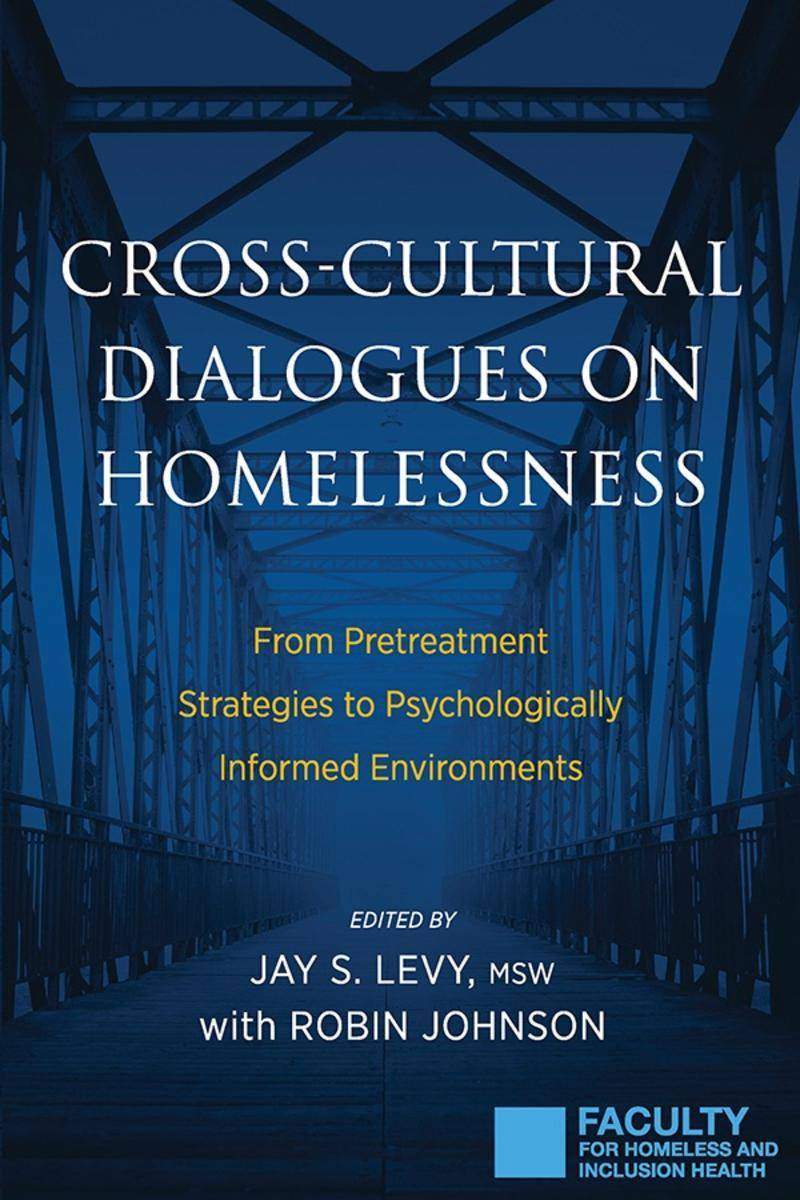
Cross-Cultural Dialogues on Homelessness
¥81.34
Cross-Cultural Dialogues on Homelessness Reveal New Insights This groundbreaking book presents compelling narratives and innovative approaches for addressing the psychological traumas that can underlie homelessness and is the first to explore in-depth what the US and UK can learn from one another. Authors focus on understanding and applying the precepts of Pretreatment and "Psychologically Informed Environments," as well as effective ways to promote productive dialogue on all levels -- with clients, clinicians, advocates, policymakers, researchers, and others. Detailed case studies review and integrate "hands on" practice with Appreciative Inquiry, Open Dialogue, and Common Language Construction methods. "In Cross-Cultural Dialogues on Homelessness, Jay Levy and co-authors provide the conceptual tools, the hitherto 'missing language', needed by practitioners and policymakers working with excluded individuals. This book has been informed by the authors' practice and should come with a warning: it will revolutionise how you work -- irreversibly and, undoubtedly,for the better" -- Cliona Ni Cheallaigh, MB, MRCP, PhD, Senior Lecturer in Medical Gerontology, Trinity College (Dublin) "Jay distills many decades of his own street experience, and by cross comparing his brilliant schema of Pretreatment with the British model of Psychologically Informed Environments (PIE), he reveals the underlying common processes of effective street engagement. As a long-time practitioner of street medicine, I recommend this book to anyone who seeks that sacred place on the streets where healing begins." -- Jim Withers, MD, Founder and Medical Director and Operation Safety Net and the Street Medicine Institute (Pittsburgh) "Cross Cultural Dialogues on Homelessness is a timely and important collection of the latest thinking on how we should respond to the traumatic life experiences of so many homeless people. Levy and colleagues suggest a commitment to reflective dialogue will improve both the quality of frontline services and the way policy makers, managers and commissioners think about responding to the needs of people pushed to the margins of our societies." -- Alex Bax, Chief Executive, (London) Pathway - transforming health services for homeless people "This book is different because it is based on theory and practises, dialogue and the sharing of ideas - from both sides of the Atlantic. The human interest stories add great value to the book, which should be required reading for anyone interested in creating a better world for his/her fellow human beings. It should be read and debated by all with a vision for a better future for those who need services and those attempting to provide them." -- Alice Leahy, Director of Services Alice Leahy Trust (Dublin, Ireland) Learn more at www.JaySLevy.com From LHPress - www.LHPress.com

Earthquakes
¥97.69
This series of nonfiction readers will grab a student's interest from the very first page! Designed with struggling readers in mind, these riveting 92-page books offer short chapters on significant disasters. Each chapter is its own mini-book, which includes a timeline, key terms, and interesting facts. Fascinating black and white photographs keep the pages turning. A bibliography encourages further topical reading. Disasters are inherently frightening, riveting, and involving. Grabbed straight from the headlines, these disasters leave tragedy, destruction, and years of anguish: San Francisco, Mexico City, Japan, Lisbon, China, Indian Ocean Tsunami, and more.

Captured
¥97.69
Discover the astonishing true stories--that will make readers laugh, cry, and gasp--behind the headlines: Fugitive Slave Recaptured, Adolf Eichmann, Prisoners in Alcatraz, DC Snipers, Saddam Hussein, Osama Bin Laden, and more. This series of nonfiction readers will grab a student's interest from the very first page! Designed with struggling readers in mind, these riveting books offer short chapters on high-interest headlines. Each chapter is its own mini-book, which includes a timeline, key terms, and interesting facts. Fascinating black and white photographs keep the pages turning. A bibliography encourages further topical reading.

Kidnapped
¥97.69
Discover the astonishing true stories--that will make readers laugh, cry, and gasp--behind the headlines: Charles Lindbergh Jr., Abducted by Aliens, Students Storm US Embassy, Terry Anderson, Elizabeth Smart, Jaycee Dugard, and more. This series of nonfiction readers will grab a student's interest from the very first page! Designed with struggling readers in mind, these riveting books offer short chapters on high-interest headlines. Each chapter is its own mini-book, which includes a timeline, key terms, and interesting facts. Fascinating black and white photographs keep the pages turning. A bibliography encourages further topical reading.
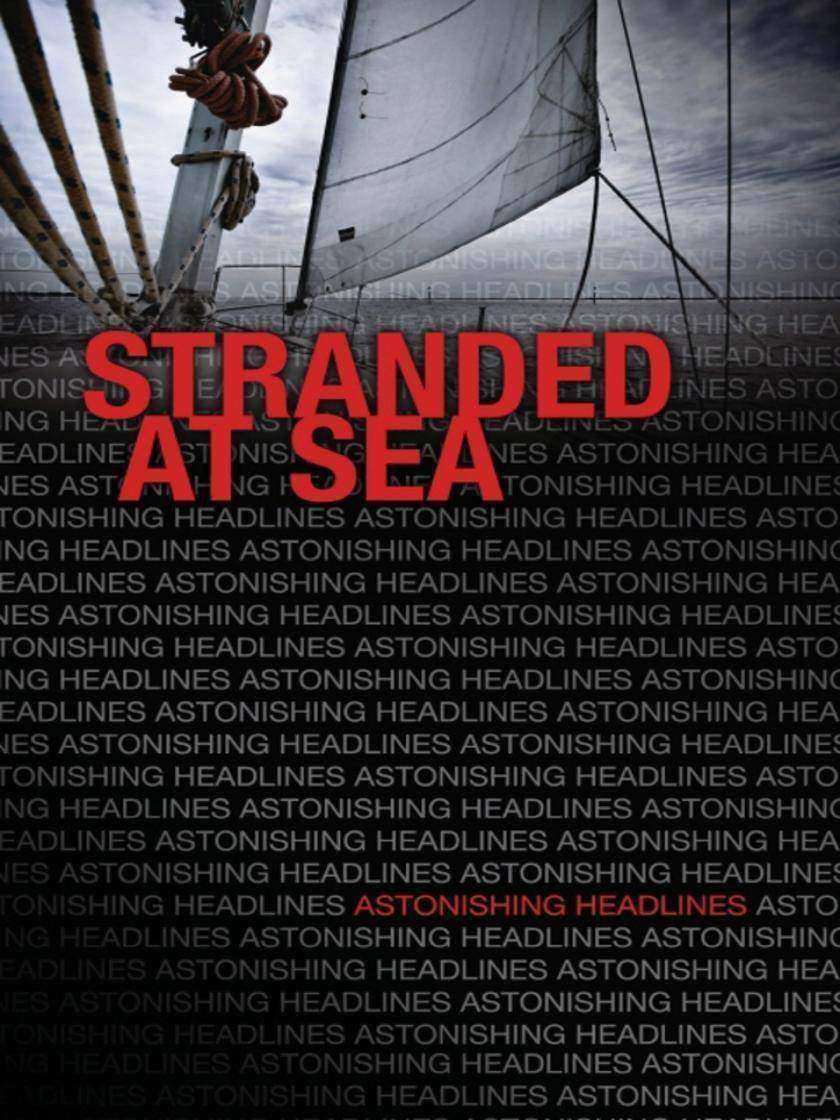
Stranded at Sea
¥97.69
Discover the astonishing true stories--that will make readers laugh, cry, and gasp--behind the headlines: The HMS Bounty, The Essex Wreck, Lusitania Off Guard, SS St. Louis, Boat People, Where's Abby Sunderland?, and more. This series of nonfiction readers will grab a student's interest from the very first page! Designed with struggling readers in mind, these riveting books offer short chapters on high-interest headlines. Each chapter is its own mini-book, which includes a timeline, key terms, and interesting facts. Fascinating black and white photographs keep the pages turning. A bibliography encourages further topical reading.

Taking Charge in Troubled Times
¥65.99
Recent years have seen an extraordinary number of major disasters, critical incidents and other events that have had major impacts on our world. The 2004 tsunami, hurricanes Rita and Katrina, and the wars in Iraq and Afghanistan affect millions of lives daily. Potential events such as Avian Flu pandemic, global warming and the increasing threats of spreading unrest in the Middle East are concerns that weigh heavily on us all.November 8-11, 2006, the Rocky Mountain Region Disaster Mental Health Institute held their Annual four-day Disaster Mental Health Conference. The theme of the conference was "TAKING CHARGE IN TROUBLED TIMES: Response, Resilience, Recovery and Follow-up." This edition contains the major papers presented at the conference and summaries of additional presentations. They address some of the major crisis events confronting our societies in recent years, namely, large disasters such as hurricanes Katrina and Rita; case studies such as Abu Ghraib, and traumatic events such as a night club suicide bombing, the role of cultural sensitivity and ethics in disaster settings, resilience, and the importance of planning, education and taking care of our first responders and mental health professionals. An additional concern with information includes information about preparation of communities and families for deployment and return of military personnel. The importance of planning for how mental health personnel can respond in the event of an Avian Flu Pandemic is also discussed. Presenters are drawn from researchers and responders from Wyoming, the United States, and the United Kingdom.Contributors include John Durkin, Alan L. Hensley, Thom Curtis, Patricia Justice, Richard J. Conroy, Debra Russell, Faudem, Kenneth Glass, and Tasha Graves.The Rocky Mountain Region Disaster Mental Health Institute is a 501(c)3 Non-profit OrganizationLearn more at http://www.rmrinstitute.org
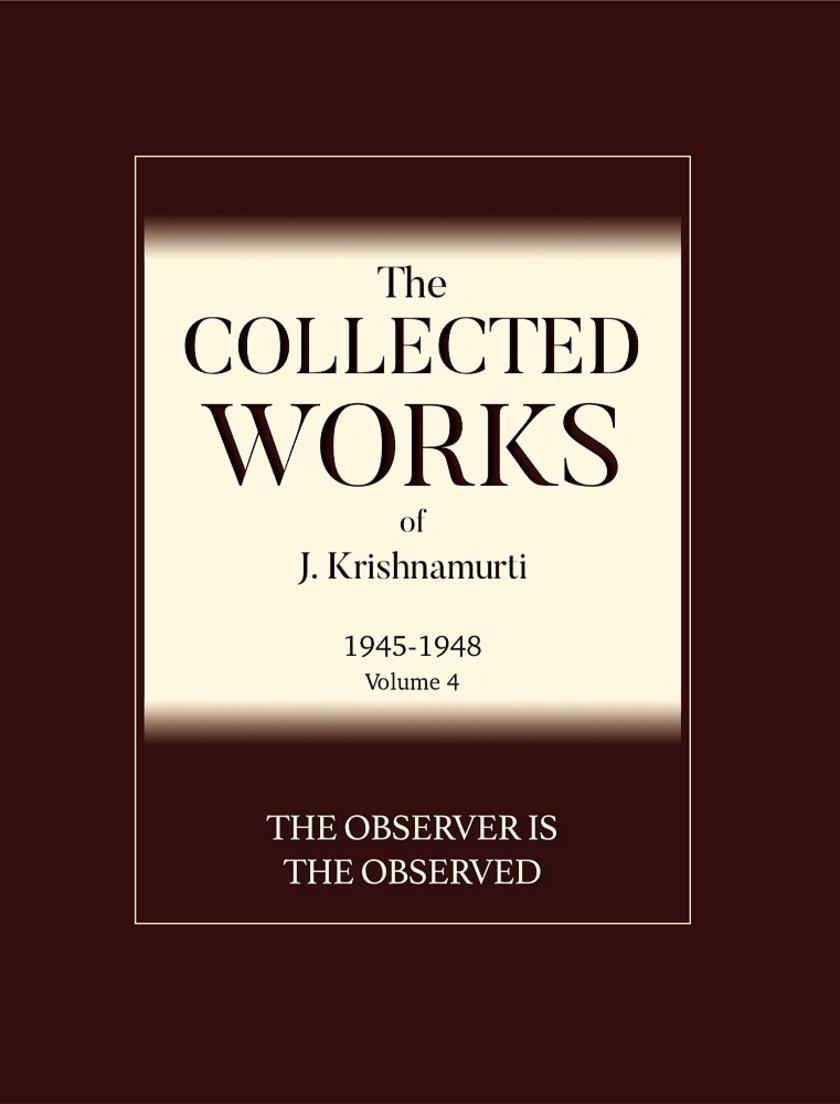
The Observer Is The Observed
¥73.49
In these Talks, given in India and Saanen, Krishnamurti speaks to the necessity for a new way of looking, thinking and being in the world. "What is the effect or value of an individual changing? How will that transform the whole current of human existence? What can an individual do?...... there is no such thing as an individual consciousness; there is only consciousness of which we are a part. You might segregate yourself and build a wall of a particular space called the `me'. But that `me' is related to the whole, that `me' is not separate. And in transforming that particular section, that particular part, we will affect the whole of consciousness. And I think this is very important to realize: that we are not talking about individual salvation or individual reformation, but about being aware of the particular in relation to, the total. Then out of that realization comes action which will affect the whole."

Celebrity Cases
¥97.69
Bursting with facts, these books will truly enthrall struggling readers. Nonfiction titles cover high-interest topics both creepy and utterly terrifying. Each title is thoroughly researched and includes an introduction, five chapters, an epilogue, glossary, and index. On-the-scene photography captures students' imagination and spurs further reading. These are books that struggling readers will not put down! This salacious title is sure to capture attention. The five chapters include partying celebrities like Paris Hilton and Lindsay Lohan; Lil' Kim; Anna Nicole Smith; Martha Stewart; and others.
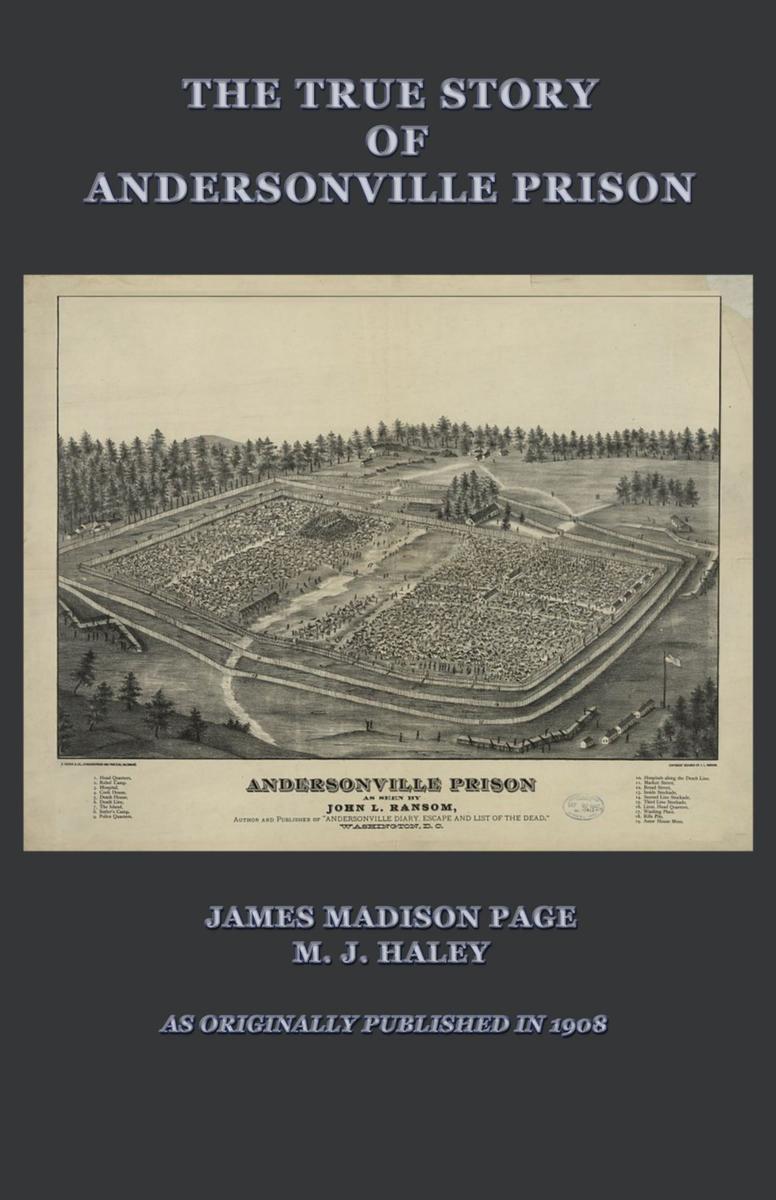
The True Story of Andersonville Prison:A Defense of Major Henry Wirz
¥56.82
During the Civil War, James Madison Page was a prisoner in different places in the South. Seven months of that time was spent at Andersonville. While there he became well acquainted with Major Wirz, or Captain Wirz, his rank during Page’s confinement. Page takes the stand that Captain Wirz was unjustly held responsible for the hardship and mortality of Andersonville. It is his belief that the Federal authorities must share the blame for these things with Confederate authorities, since they were well aware of the inability of the Confederacy to meet the reasonable wants of their prisoners of war, as they lacked supplies for their own needs and since the Federal authorities failed to exercise a humane policy in the exchange of those captured in battle.
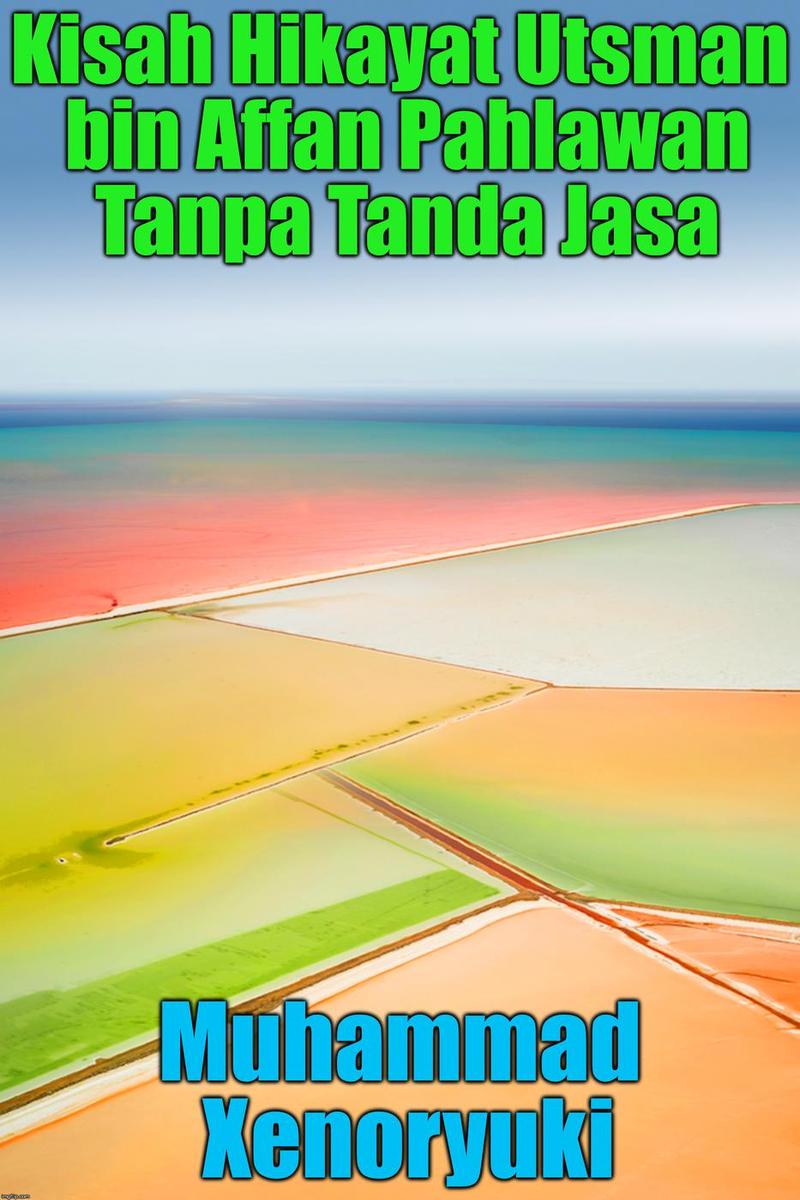
Kisah Hikayat Utsman bin Affan Pahlawan Tanpa Tanda Jasa
¥32.62
Dia adalah laki-laki yang hebat. Memiliki nama besar dalam sejarah dunia. Namun capaiannya tidak banyak dikisahkan. Tidak seperti Abu Bakar dan Umar bin al-Khattab radhiallahu ‘anhuma. Bukan berarti capaiannya kalah mentereng dari kedua pendahulunya. Dialah juga pahlawan dalam arti sebenarnya. Dialah Utsman bin Affan radhiallahu ‘anhu. Utsman bin Affan adalah salah seorang yang paling pertama menerima Islam, beriman kepada Nabi ?, dan mendukung perjuangan beliau ?. Disebutkan bahwasanya Utsman bin Affan adalah laki-laki keempat yang menerima dakwah Islam. Utsman lahir dari klan Umayyah, kabilah kaya dan terkemuka dari suku Quraisy. Ia memiliki status sosial dan ekonomi yang tinggi, namun ia seorang laki-laki sederhana dan rendah hati. Ketika ayahnya meninggal, sang ayah meninggalkan warisan besar untuk Utsman. Ia diwariskan bisnis keluarga. Bisnisnya terus berkembang, hingga ia menjadi salah seorang terkaya di Mekah. Laki-laki Quraisy ini dikenal dengan gelaran Dzun Nurain, pemilik dua cahaya. Karena ia menikahi dua orang putri Rasulullah ?. Yang pertama Ruqayyah. Setelah Ruqayyah meninggal, Utsman dinikahkan Nabi ? dengan putrinya Ummu Kultsum. Ummu Kultsum juga meninggal di masa hidup Nabi ?. Dia melakukan dua kali hijrah, yang pertama ke Habasyah. Di sana ia sukses dalam berbisnis. Namun, dua tahun kemudian ia kembali ke Mekah. Dan kemudian turut serta hijrah ke Madinah.
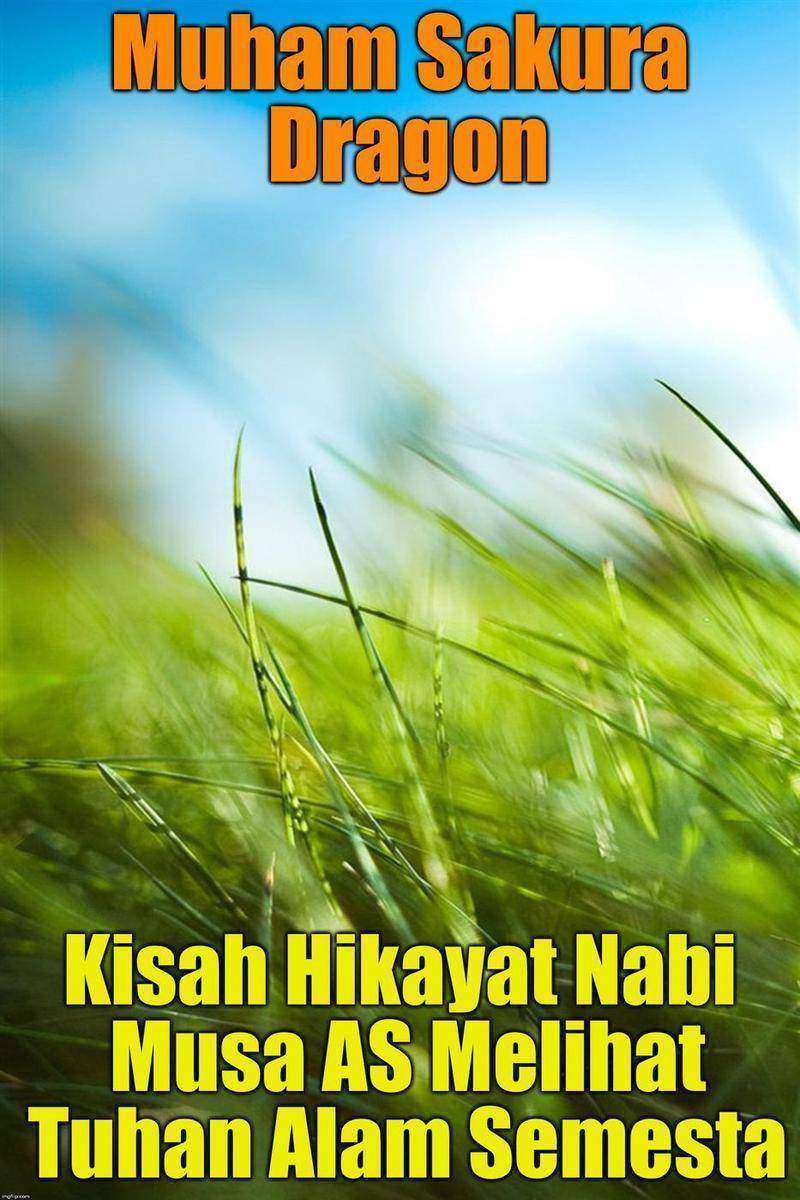
Kisah Hikayat Nabi Musa AS Melihat Tuhan Alam Semesta
¥32.62
Pada suatu ketika Nabi Musa telah memenuhi panggilan Allah subhana wa Ta'ala. Beliau naik ke gunung sinai (Thursina) setelah beliau menyempurnakan 40 malam yang diisi dengan puasa dan beribadah sendirian diatas gunung itu. Allah SWT pun berfirman dan menurunkan Taurat kepada beliau. Kemudian Nabi Musa as pun sangat rindu untuk melihat wajah Sang Kekasih yang telah berkata-kata kepada nya, wajah Rabb nya. " Dan tatkala Musa datang menurut waktu yang telah kami tentukan . Dan telah berfirman Rabb nya kepadanya : berkatalah ia, ya Rabb perlihatkanlah (dirimu) keapadaku , agar aku dapat memandang Engkau" Berkatalah Allah : Engkau sekali-kali tidak akan mampu melihatku, tetapi arahkanlah pandangan engkau ke gunung itu. Maka jika ia tetap pada tempatnya , niscaya engkau dapat melihatku. Setelah mendengar permintaan Nabi Musa as itu, kemudian Allah SWT berfirman : "Wahai putra Imran, sesungguhnya tidak akan ada yang sanggup untuk melihat KU, kemudian ia mampu untuk tetap hidup. "
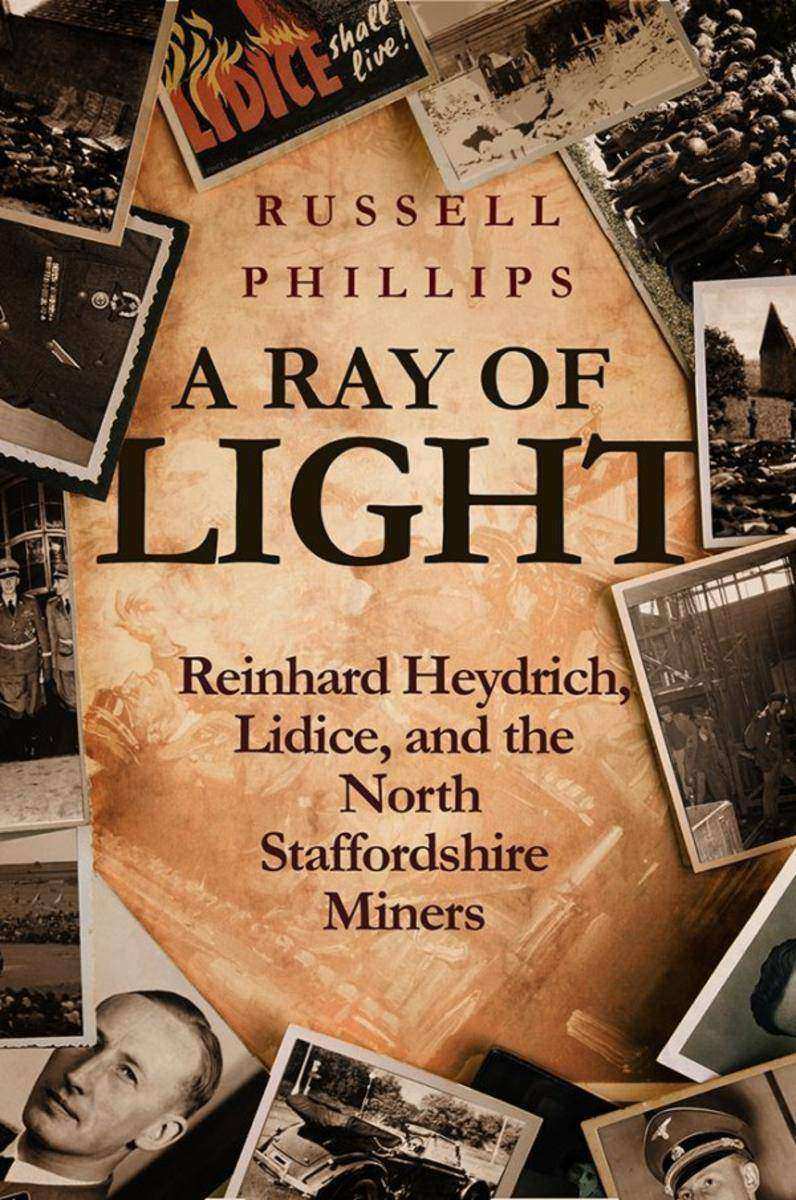
A Ray of Light:Reinhard Heydrich, Lidice, and the North Staffordshire Miners
¥24.44
This is the inspiring true story of what happens when ordinary people unite to make a stand against evil. Lidice was a peaceful and vibrant community in Czechoslovakia with a rich mining heritage. But an act of Nazi revenge saw this village wiped from existence in a horrifying chapter of European history. Disaster struck for Lidice in 1942 when the prominent Nazi official Reinhard Heydrich was assassinated. Described by Hitler as "the man with an iron heart", Heydrich was one of the key architects of the Holocaust. His death, after an attack by members of the Czech resistance, left Hitler furious and desperate for vengeance. Looking for a scapegoat to blame for Heydrich's death, he settled on the village of Lidice, which had been falsely linked to the assassination. In a brutal act which shocked the world, Lidice was completely destroyed. The men were shot while the women and children were rounded up and sent to their deaths in Nazi concentration camps. Hitler was determined that by the time he had finished, no one would even remember Lidice, let alone live there. What he hadn't reckoned on was the efforts of a group of campaigners in Britain, who resolved to make sure Lidice would never be forgotten. A Ray of Light tells the tale of Lidice's downfall and what happened next. Would the village simply be allowed to become a footnote in history, or would it rise from the ashes and forge a new future? This book is a compelling testament to the power of friendship and solidarity, and how empathy and compassion can help rebuild the world.

Kisah Hikayat Nabi Muhammad SAW Dalam Islam
¥12.18
Nabi Mu?ammad SAW, selengkapnya Mu?ammad bin Abdullah bin Abdul Mutthalib bin Hasyim (lahir di Mekkah, 20 April 570 – wafat di Madinah, 8 Juni 632 pada umur 62 tahun) adalah seorang nabi dan rasul terakhir bagi umat Muslim. Ia memulai penyebaran ajaran Islam untuk seluruh umat manusia dan bangsa jin serta mewariskan pemerintahan tunggal Islam.Meski kaum non-Muslim umumnya menganggap Nabi Muhammad SAW sebagai pendiri Islam, dalam pandangan Muslim, Nabi Muhammad SAW sama-sama menegakkan ajaran tauhid untuk mengesakan Allah SWT sebagaimana yang dibawa nabi dan rasul sebelumnya sejak dari zaman Nabi Adam AS. Umat Muslim menyebut Nabi Muhammad SAW dengan salam penghormatan "Shalallaahu 'Alayhi Wasallam" dan mengiringi dengan shalawat Nabi setiap nama Muhammad diperdengarkan.Dalam mengemban misi dakwahnya, umat Islam percaya bahwa Nabi Muhammad SAW diutus Allah SWT untuk menjadi nabi bagi seluruh umat manusia dan kaum jin, sedangkan nabi dan rasul sebelumnya hanya diutus untuk umatnya masing-masing, seperti halnya Nabi Musa AS yang hanya diutus untuk Bani Israil saja.Sedangkan kesamaan ajaran yang dibawa Nabi Muhammad SAW dengan nabi dan rasul sebelumnya ialah sama-sama mengajarkan keesaan Tuhan (Tawhid atau Pure Monotheism), yaitu kesaksian bahwa Tuhan yang berhak disembah hanyalah Allah SWT Tuhan Semesta Alam.




 购物车
购物车 个人中心
个人中心



